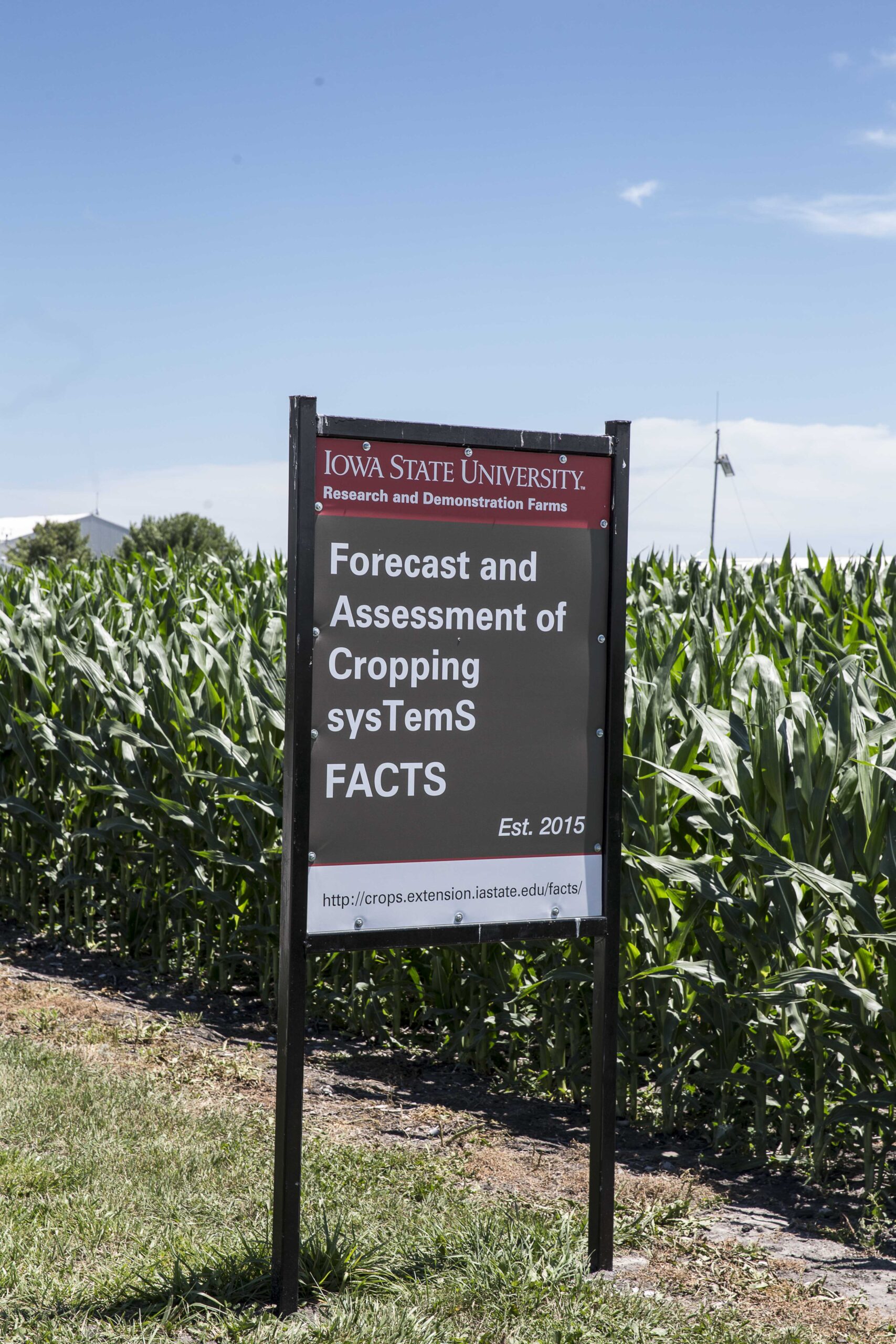Evaporation from the soil largely determines water availability in terrestrial ecosystems and the partitioning of solar radiation between sensible and latent heat. It is key to hydrology and climate. The evaporation process is complex, involving movement and phase change of water, varying with depth and time. Following water inputs, evaporation occurs at the soil surface, controlled by atmospheric demand. As surface soil water is depleted, evaporation becomes soillimited and shifts below the surface; nonetheless it is generally viewed as a strictly surface process. As a result, measurement methods and understanding of these near-surface phenomena have lagged behind demand for accurate data. Much current research emphasizes large-scale areal estimates of soil moisture and temperature, but poor understanding of the soil water evaporation process causes low accuracy in water and energy balances. This poor understanding is largely due to our current inability to make the needed measurements. The purpose of the proposed research is to develop and test a new approach to measure evaporation within the soil. Recently developed sensors and concepts enable us to quantify sensible heat transferred into and out of mm-scale near-surface soil layers, as well as the change in sensible heat stored within each layer. Combined with conservation of energy, these measurements can locally quantify subsurface evaporation, showing the temporal patterns of in situ evaporation. Laboratory experiments will measure soil thermal properties, water content, and water flux under a combination of 2 energy regimes, 3 surface conditions, and 3 soils. Calculated evaporative loss via heat balance will be compared to evaporation measured by mass balance. In the field experiments, independent measurements of evaporation and transpiration will allow rigorous testing of heat balance estimates of transpiration and soil water evaporation.
Colloid-Mediated Transport of Hormones with Land-Applied Manure
Endocrine-disrupting hormones may enter the environment via land application of livestock manure. With respect to both livestock production and soils, Iowa is the prototype for agriculture in the Midwest. Our hypothesis is that the risk of hormone transport can be better understood by knowledge of the mechanisms of sorption, desorption, and transport of colloid-hormone complexes. Objectives are to (1) determine the rate, intensity, and capacity for adsorption and desorption of estrogens by colloidal components of cattle manure and three Iowa soils, (2) quantify the impact of physical and chemical variables that regulate colloid-mediated transport of estrogens in soils, and (3) quantify colloid-mediated pathways in the profile-scale dissipation of manure-associated estrogens. The research plan focuses on: (1) adsorption-desorption processes that determine how much of a land-applied hormone is transferred from manure to the aqueous phase or to the soil, (2) leaching of colloid-associated estrogens through aggregated, structured soils, and (3) transport of colloid-associated estrogens with runoff. This scale-integrated research will strengthen the development of transport models that are indispensable for assessing the environmental risk of hormones in land-applied livestock waste. The work proposed and will address issues where current knowledge is critically incomplete. At the project’s conclusion, we will have identified key mechanisms by which estrogens interact with colloidal organics in cattle manure and in soil. We will also have identified how those mechanisms can be incorporated into predictive models of hormone transport in or over soils.
Comparison of Biofuel Systems (COBS)
This project seeks to identify and develop cropping systems that produce large quantities of biofuel feedstocks while protecting soil and water resources and increasing biodiversity on the Iowa landscape. Treatments in the COBS experiment include a conventional corn-soybean cash grain system; continuous corn grown for grain and stover, with and without a winter cover crop; a mixture of perennial prairie plants fertilized for high biomass production; and a highly diverse, unfertilized mixture of prairie plants, which serves as a benchmark for understanding the functional characteristics of a native plant community. Our central premise is that cropping systems designed to produce large amounts of biomass, with high net energy return, can simultaneously create significant environmental benefits. Our working hypotheses are that (1) cover crops can reduce nutrient losses from corn production systems, (2) diverse mixtures of perennial plants can produce nearly as much biomass as conventionally managed corn, but with greater economic and energetic efficiency; and (3) diverse plant mixtures used for feedstock production can emit fewer pollutants to drainage water, sequester more carbon, and reduce greenhouse gas emissions relative to corn- and soybean-based cropping systems. We will compare systems by measuring plant productivity, resource use efficiency, nutrient dynamics, soil organic matter maintenance and production, carbon sequestration, CO2 emissions, and drainage water quantity and quality. Direct comparisons within a spectrum of cropping systems will lead to informed analyses of the advantages and disadvantages of each system.
Forecast and Assessment of Cropping sysTemS (FACTS; 2015-present)
FACTS is an ongoing project developed to forecast and evaluate real-time soil-crop dynamics in specific ISU fields. Predictions and measurements will be frequently updated as new information becomes available during the growing season.
What we do:
- During the growing season we provide real-time measurements and forecasts for weather, soil water and nitrogen, crop water and nitrogen, yield predictions, crop stage and heat/frost stress.
- Before/after the growing season we benchmark production, economic, and environmental performance, estimate the yield gaps, and perform what-if scenario analysis to identify management practices with the highest profits and lowest environmental impacts.
Why we do it:
- To provide quantitative answers to questions that farmers commonly ask such as what is going to be the yield this year, how much nitrogen is in the soil today, do I have enough soil water for the next few days, what if I had used more nitrogen, planted more seeds, gotten more rain.
- To improve the science behind predictive tools, ground-truth predictions, and explore different approaches to accurately forecasting yields.
